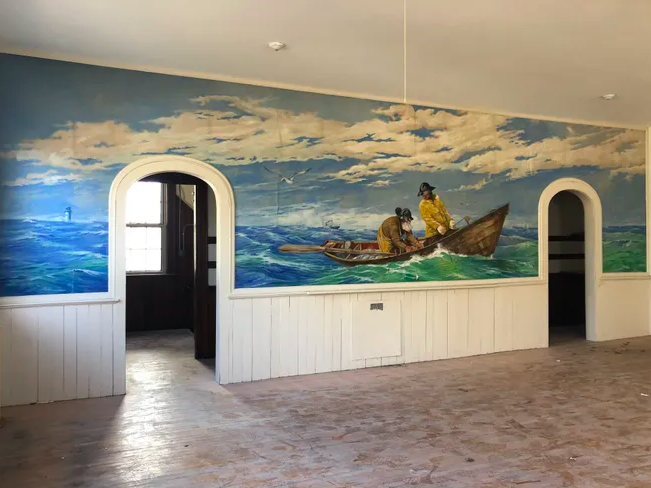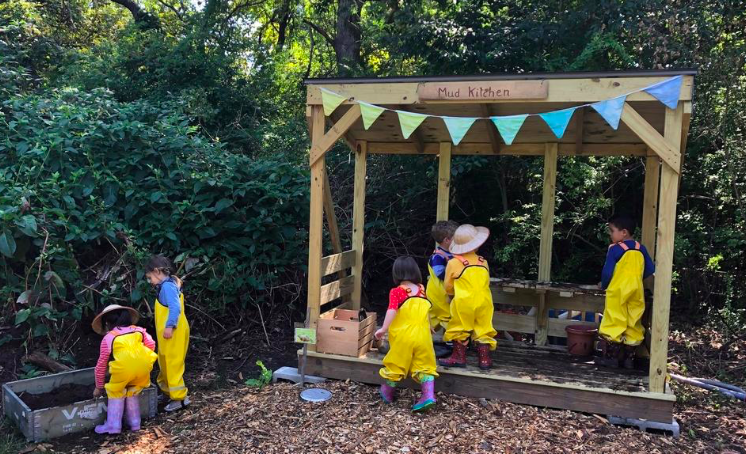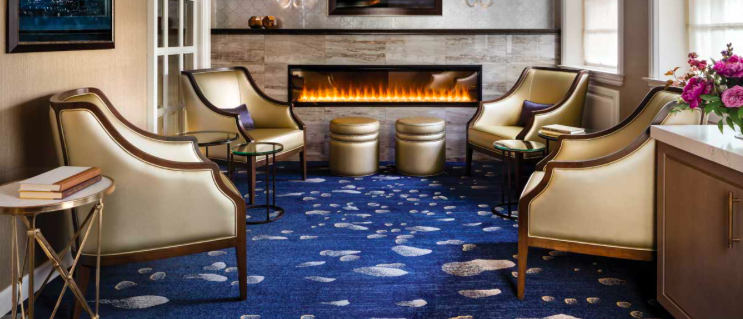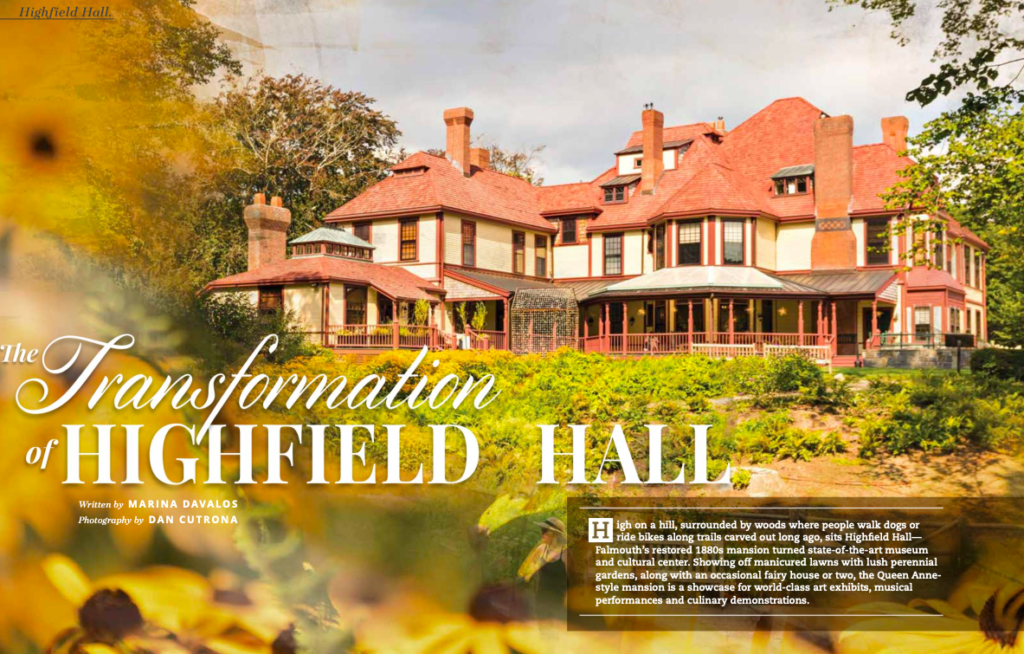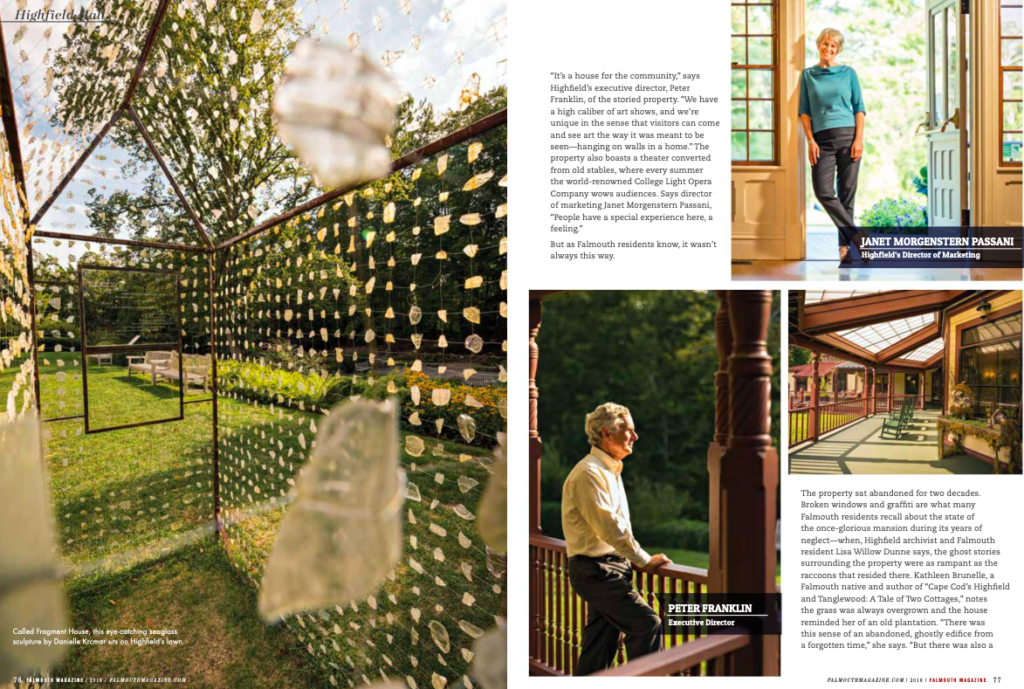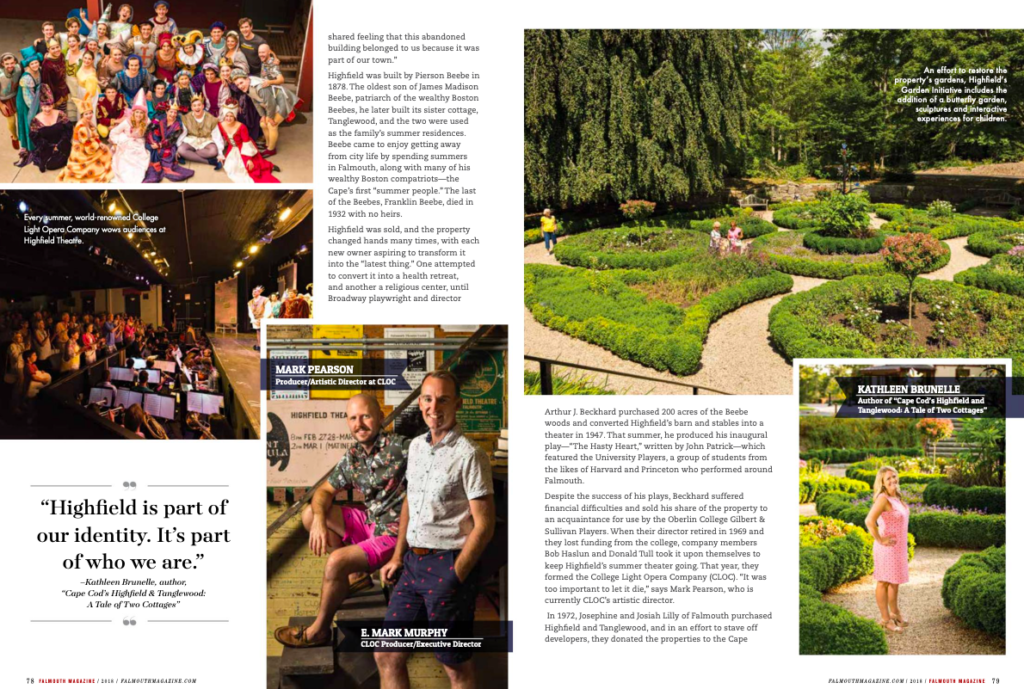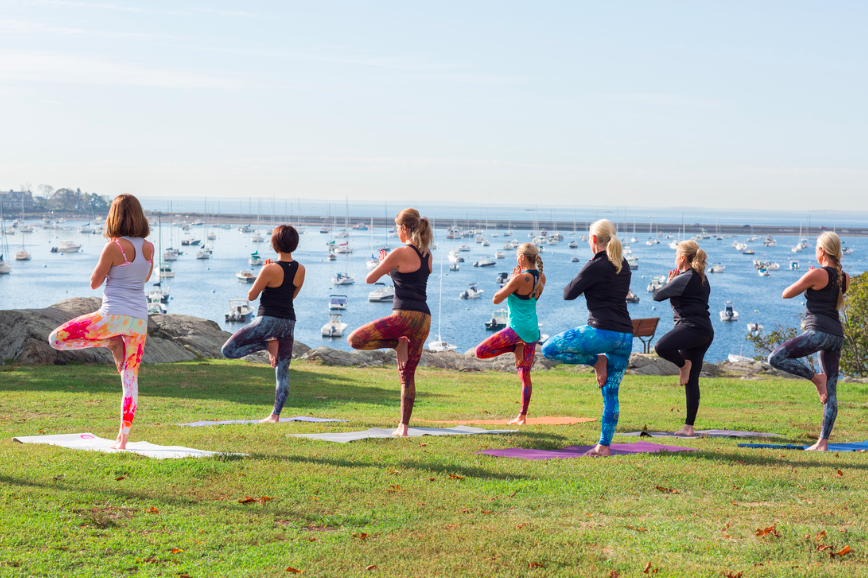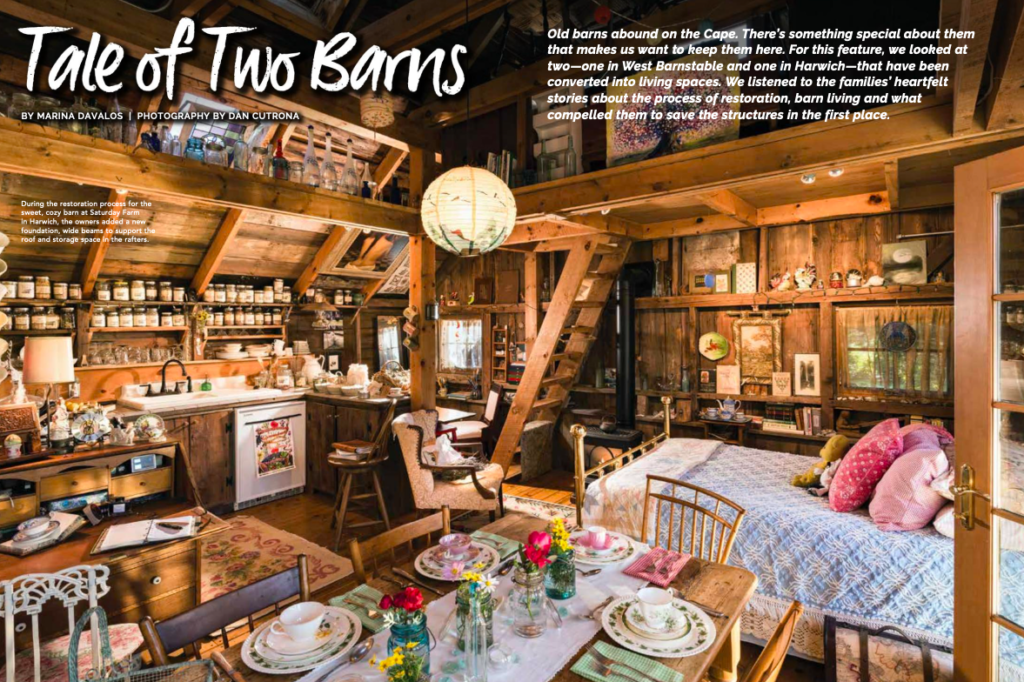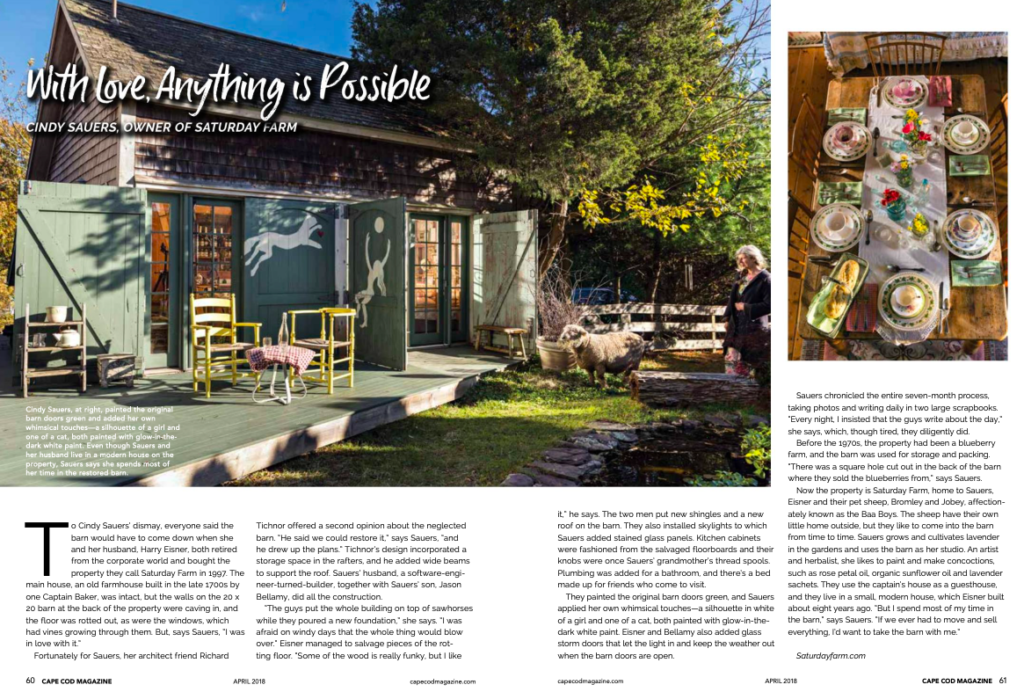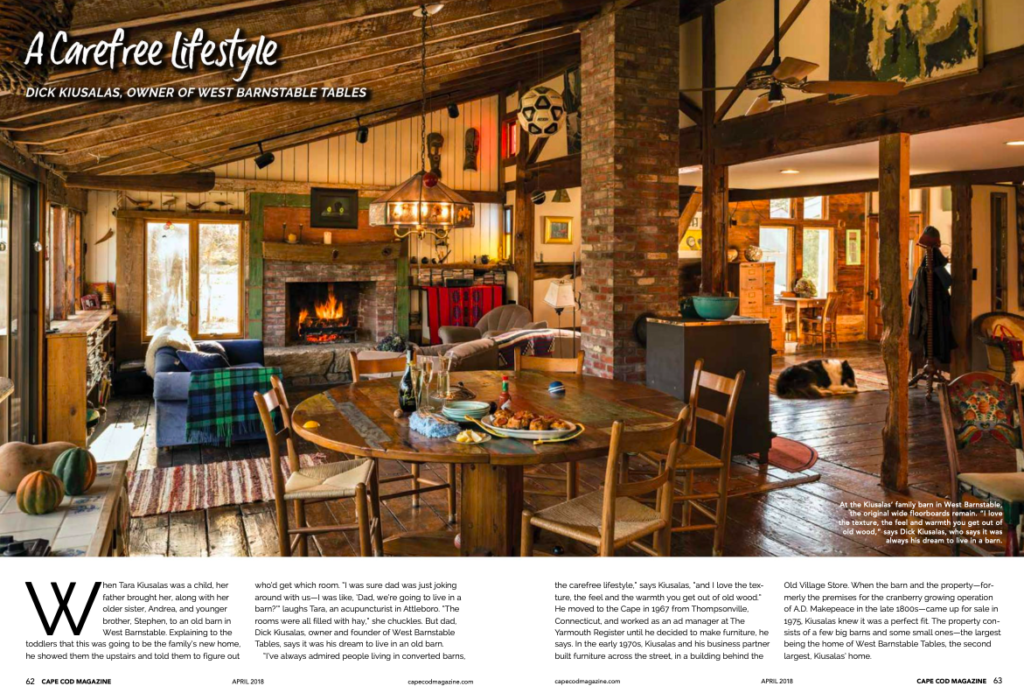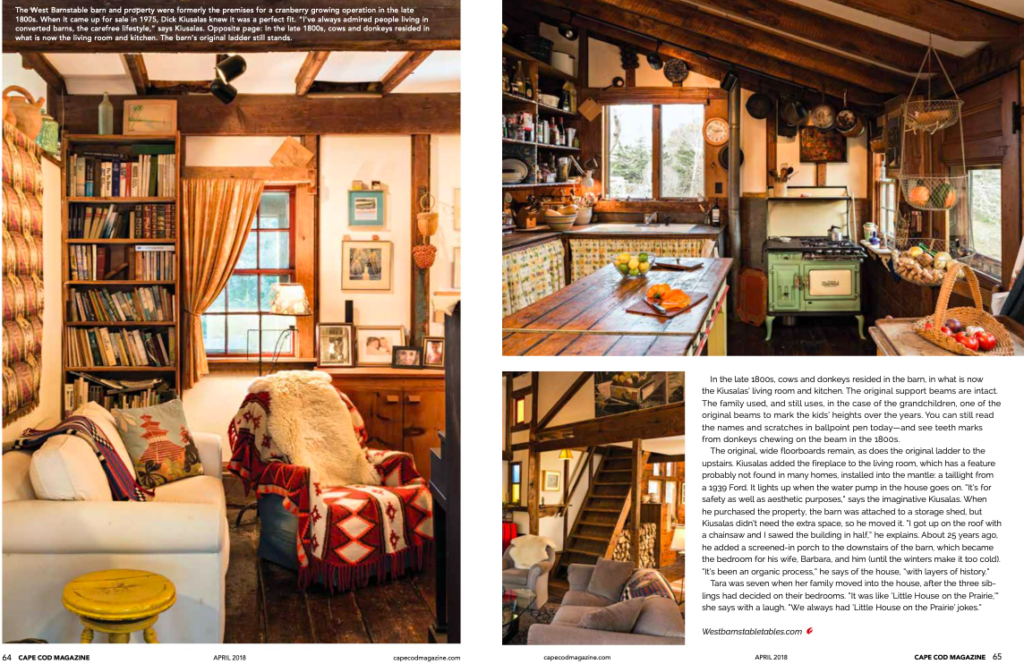Cape Cod Times, March 30, 2021
‘The most-used playground in all of the Town of Barnstable’
CENTERVILLE — Over the course of the past few months, workers with the Barnstable Department of Public Works have been putting their carpentry skills to use, making improvements to the Centerville Recreation Building.
![The Centerville Recreation Building is undergoing renovations and restoration. [Marina Davalos/Barnstable Patriot]](https://www.gannett-cdn.com/presto/2021/03/24/NBAR/d124b5ec-09c5-4bf8-9fa1-2e60d1488603-Centerville_Rec_bldg.jpg?width=660&height=495&fit=crop&format=pjpg&auto=webp)
The historic building at 524 Main St. has hardwood floors throughout, which will all be refurbished, tall ceilings and huge windows. Patti Machado, the town’s recreation director, also pointed out the new, gray wainscoting along the entrance hallway walls, which continues throughout the large open rooms and into the newly redesigned bathrooms.
“Isn’t it beautiful?” asked Machado of the classic-looking gray wall décor. “It not only looks nice, but the wainscoting will help with long-term maintenance.”
Brand-new doors have recently been installed, as well as new floor tiles in the public restrooms.
The multifunctional building gets an upgrade
“They also made all new covers for the radiators,” Machado said, pointing out the streamlined covers, painted in the same gray.
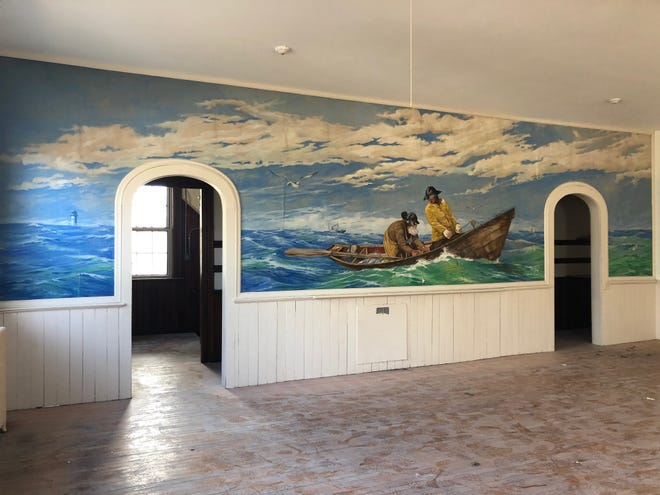
The work is being funded through the town’s capital improvement budget and Community Preservation Act funds, with some additional funding from the Centerville Historical Society.
The multifunctional building is host to a Summer Leisure Program for students going into first through fifth grade. The program, which runs for eight weeks, features activities such as arts and crafts, games and outings such as mini golf and bowling. The building can also be rented out for use as a venue.
During the annual Centerville Christmas Stroll, one room has been traditionally used by balloon twisters who make balloon animals for kids. Historically, the building was used as a post office and an elementary school.
Historic painting will be restored
The inside of the building sprawls from one historic room to the next. Upstairs houses perhaps the biggest surprise, a still intact mural of two fishermen out on the sea. The mural was painted in 1935 by Vernon Coleman (1946-1978), a prominent artist of the day who taught art in the Barnstable Public Schools before retiring in the mid-1960s.
With the help of the Community Preservation Committee and the Centerville Historical Society, the historic painting will be restored, Machado said.
But improvements don’t stop with the building itself. There are big plans for the playground.
![The playground outside the Centerville Recreation Building will be replaced with one that is compliant with the Americans with Disabilities Act. [Marina Davalos/Barnstable Patriot]](https://www.gannett-cdn.com/presto/2021/03/24/NBAR/e6161d21-a00a-4503-92ea-4a7848c851da-Centerville_Rec_w_Swings.jpg?width=660&height=495&fit=crop&format=pjpg&auto=webp)
Playground plans
“This is the most-used playground in all of the town of Barnstable,” Machado said of the playground outside.
The playground hustles and bustles with kids on swings, sliding down the slide and running around, creating childhood memories, especially during the Summer Leisure Program.
“It looks intact, but it’s no longer up to code,” Machado said, looking from the building’s parking lot to the playground. She cites an out-of-code handicap ramp, tires that kids climb on that over time fill up with water or collect bees’ nests, and a slide that broke and had to be removed. Tops on wooden pilings need to be rounded so kids can’t climb up on them.
Machado said earlier this month Town Architect Mark Marinaccio went before the CPC to request funding for improvements to the playground.
“The new improvements will have to meet guidelines as set by the (Americans with Disabilities Act),” Machado said.
The existing playground will be demolished, and the ground will be raised 3 feet to make the space compliant. Machado said that over $800,000 in funds were approved by the CPC for the project, which next goes before the Town Council to be voted on. If approved, the project will be put out to bid.
“If all goes well, I would bet that by the end of the summer we’d be able to start,” Machado said. “It all should fall in line — we’ll finish the building, so the kids will be in there for the summer program, and we want the kids to have a playground for the summer, then it can be demolished and built anew.”
–Marina Davalos

